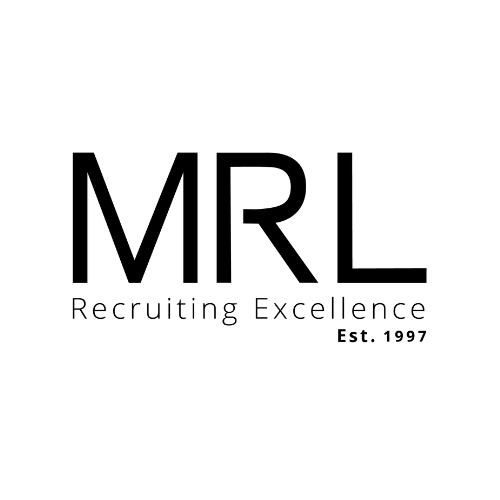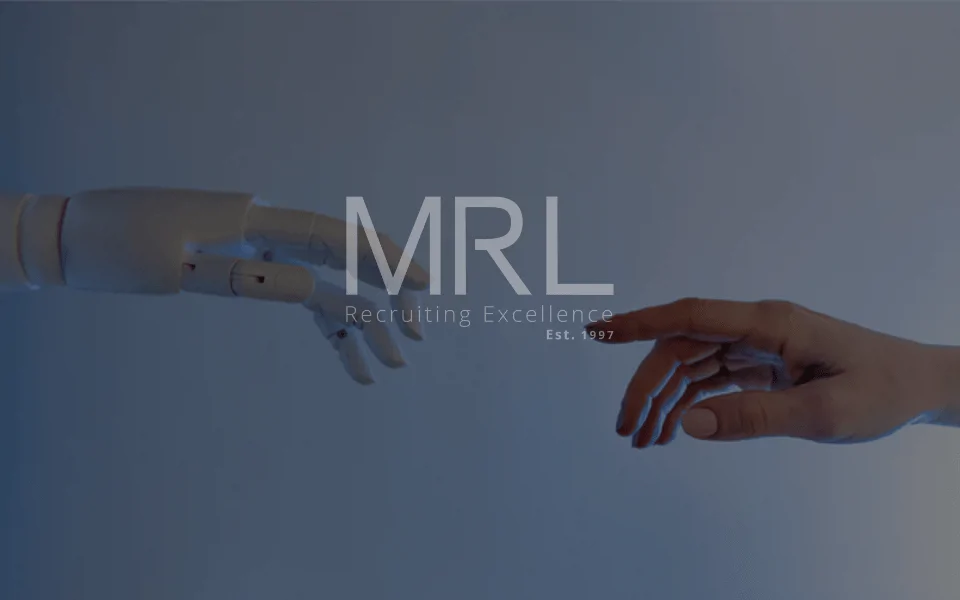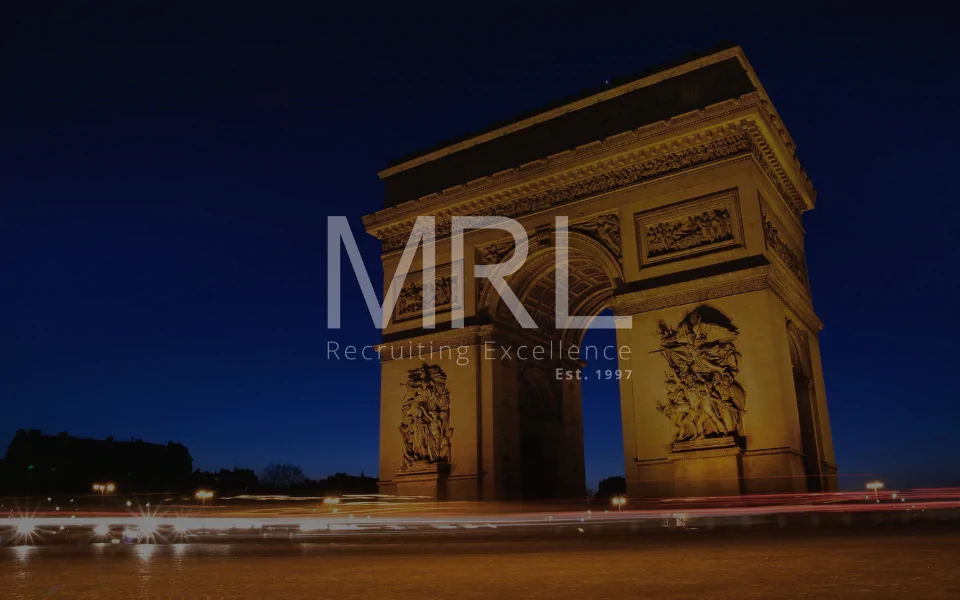How To Create A Candidate Persona
07 Apr, 20215 minutesSuppose you haven't sat down with the relevant people and hashed out a candidate persona...

Suppose you haven't sat down with the relevant people and hashed out a candidate persona. In that case, you may find yourself struggling to find someone who matches your idea, or even worse, you could hire someone who seems like the right person but ultimately isn't, and you end up having to start all over again.
What is a candidate persona?
A candidate persona is an amalgamation of the knowledge, skills, experience and personality traits of the person you want to hire. Having an in-depth understanding of who you want to recruit and what that will mean for your business will help you write better job descriptions, increase applications from viable candidates and help when analysing whether your recruitment package is sufficient.
How many candidate personas do you need?
Every role you hire should have a candidate persona, which needs to be reviewed every time you recruit. Chances are the type of persona you are looking for now will be different in, say, five years when you come to re-hire for that role.
How do you create a candidate persona?
It can sound like a daunting project to undertake, but the process is relatively straightforward. All you need is time, patience and the support of the wider company.
Creating a candidate persona requires:
- Data gathering and analysis
- Profile creation
- Testing
-
Gathering data
This is the most time-consuming aspect of the process; gathering data to support your candidate persona profile. You'll want to talk to team leaders and company stakeholders to understand exactly what they expect from the new hire in terms of knowledge and experience. For example, junior positions may require a degree but not necessarily an 'X years of experience' specification. Whereas in more senior roles, a university qualification may not be necessary, but hands-on experience is.
Consider asking questions such as:
- Is there a specific job title you’d prefer us to use?
- What educational background are you expecting?
- What working background would you prefer?
- What goals would you like them to work towards
We recommend using the phrase 'expecting', as the chances of finding someone who is a perfect fit is unlikely. A candidate persona should be a guide, so it's essential to set expectations with key stakeholders as early as possible.
We also recommend speaking with the employees within the team with the talent gap. You may get more honest feedback by using an anonymous survey to gather this information. Essentially you are trying to find similarities so that you can choose a candidate that will fit in seamlessly within the team.
Perhaps ask questions like:
- What is your job title? This is a question to ask if you are carrying out the surveys anonymously but may not work if your team is small enough that you can decipher who each person is by their title. You don’t have to anonymise the data, but doing so usually results in more honest feedback.
- When you were looking for this job, what platforms did you use? This will help when it comes to marketing your job ad.
- What led you to apply for a job with us? This will give you a good measurement of the company reputation.
- What is your educational/experience background? This can give you an idea of what is expected of a new hire coming in at a similar level.
- What professional goals are you hoping to achieve?
- What skills do you hold that help you perform better at your job?
- What are your hobbies outside of work? Your candidate persona doesn't have to share your employees' same interests, but it could help towards a positive and enjoyable work environment.
- Who do you look up to in this industry?
- What pain points are there in your current role? This is helpful not just for your persona but for your employee branding plans.
Also, ask questions to gauge working preferences; do most of your employees prefer working alone or as part of a team? Is communication important? Would they like to be more involved in project ideation?
Once you’ve spoken to all the relevant people in your organisation and collated the data, it’s time to analyse what you have to find some common themes.
-
Candidate persona profile creation
Now you have an idea of the type of candidate you are looking for; it's time to document it, so everybody involved in the recruitment process is looking for the same things when sifting through applications.
You may also want to share this information with your employees in case they know anybody they would like to put forward.
Think about it as a checklist. If you could craft the perfect employee from the information you have gathered, what would they look like? List your preferences for:
- Education
- Experience
- Interests
- Location
- Goals
- Skills
- Working preferences
We don't recommend assigning a picture or age-range to your candidate persona, as this could result in unconscious bias clouding your recruitment efforts.
-
Testing
So, you’ve done your research, created your candidate persona profile and used it to craft your job ad and description. Believe it or not, but now it's time to test.
Yes, test.
Unfortunately, you won't know whether you have a steller candidate persona until you've sifted through the applications and completed interviews. Once the entire process is completed, including onboarding if you're successful in finding a suitable candidate, review the process to see if improvements can be made.
The good news is that you can incorporate it into your hiring strategy review. Ask the hiring team:
- Were the applications we received what you were expecting?
- How close did the candidates match the candidate persona?
- If there were discrepancies, do you think this was because the persona needed tweaking or some other aspect of the hiring process?
- What learnings can we take to improve things next time?
Whether this is the first time or the tenth time you've created a candidate persona, there will always be learnings you can take to and further improvements you can make.
As with all things recruitment, it's an ever-evolving process, which makes it even more exciting.
MRL has been working within the tech industry for over two decades. We operate in niche sectors and fully immerse ourselves in exceeding our candidates and clients' expectations. If you have any questions about creating a candidate persona or any other recruitment aspect, please get in touch.





